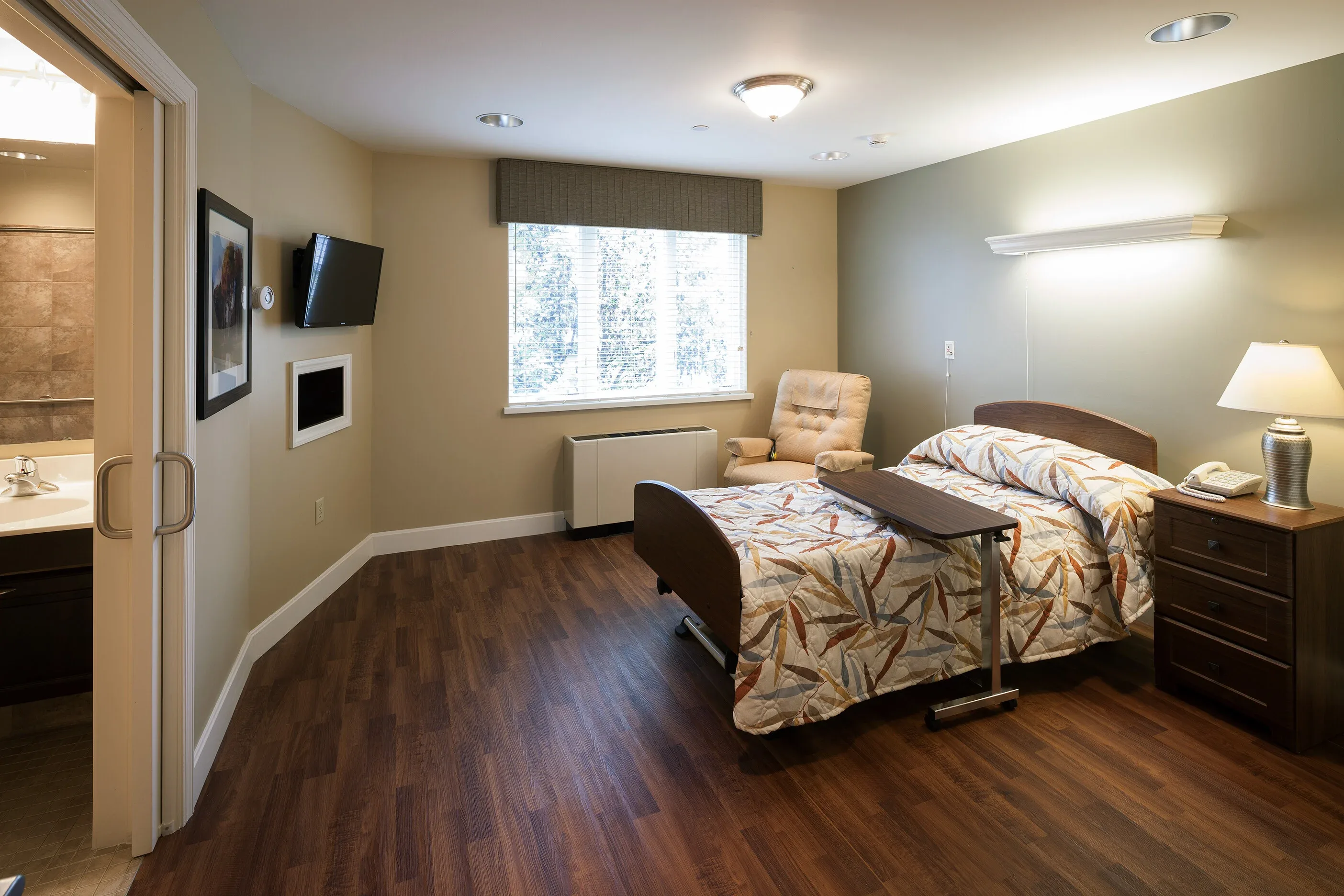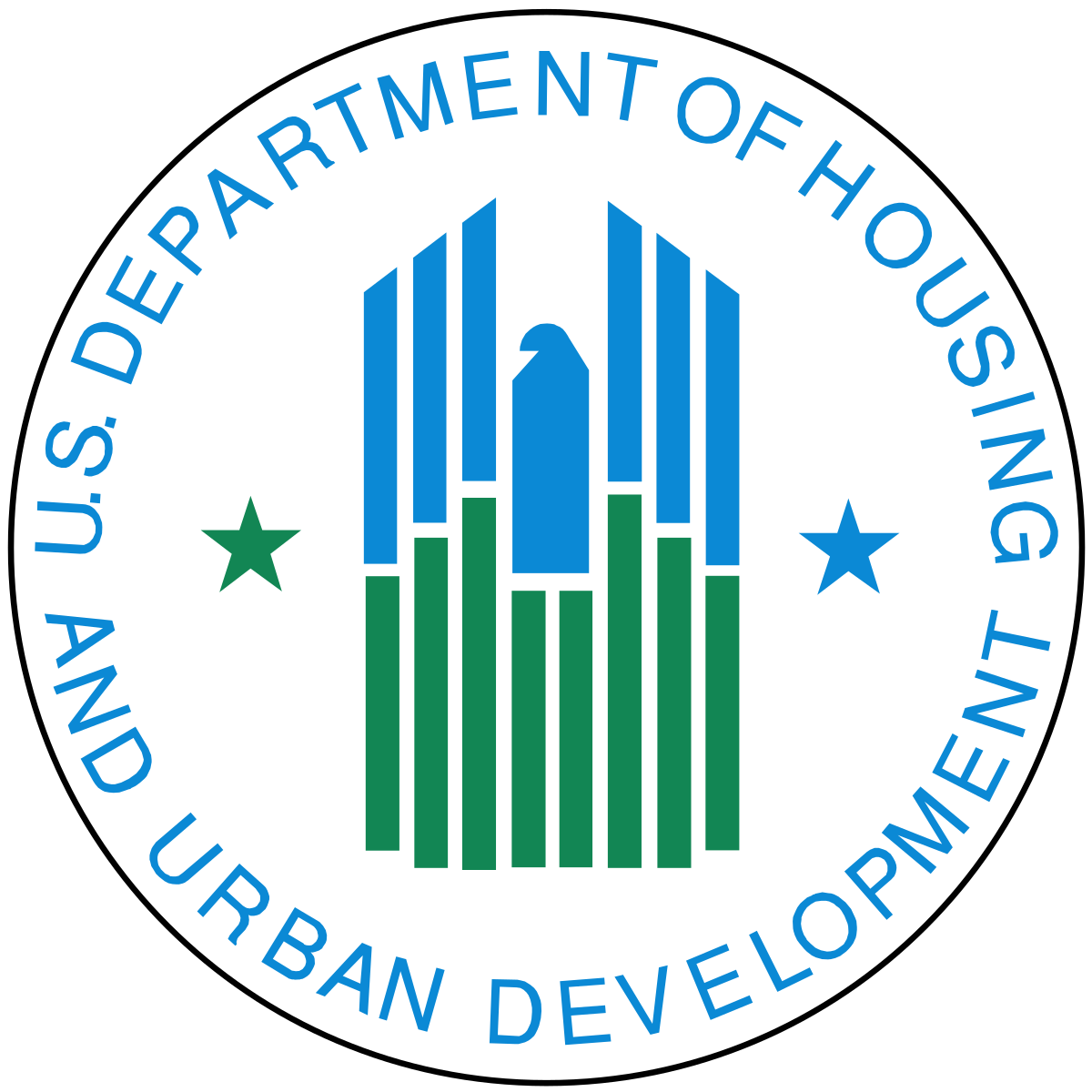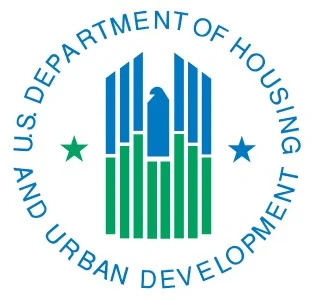Key Takeaways
- The current CMS 5-Star Rating System effectively identifies poor-performing skilled nursing facilities but lacks sufficient mechanisms to compel meaningful improvement from 1-Star facilities.
- The proposed policy changes include expanded regulatory oversight, temporary admission freezes, acquisition restrictions for operators with multiple failing facilities, and Medicare payment reductions of 20% for persistently underperforming facilities.
- The policy framework draws a clear distinction between struggling facilities (2-Star) and failing ones (1-Star), arguing that failing facilities require more aggressive intervention to protect resident welfare.
- The recommendations aim to transform the 5-Star system from a passive reporting tool into an active driver of quality improvement by creating stronger financial and operational incentives for poor performers to reform.
Introduction
The Centers for Medicare & Medicaid Services (CMS) 5-Star Quality Rating System is a critical tool for evaluating the performance of Skilled Nursing Facilities (SNFs). However, 1-Star facilities often continue to underperform without sufficient external pressures to drive meaningful improvement.
A 1-Star facility is the equivalent of an “F” grade—it is failing. These facilities have demonstrated an inability to meet essential standards of care, creating risk for residents and undermining the credibility of CMS’s regulatory oversight. While the 5-Star system identifies poor performance, it does not currently impose strong enough incentives to ensure failing facilities take corrective action.
CMS should consider leveraging its authority over the 5-Star system to actively drive improvements in 1-Star facilities. This could include targeted regulatory oversight, financial adjustments, and operational restrictions that encourage internal reform while protecting residents. The goal is not to punish these facilities but to ensure they prioritize quality improvement over expansion or continued substandard operation.
Potential Policy Enhancements for 1-Star Facilities
To encourage systemic improvement, CMS could consider the following policy changes:
1. Expanded Regulatory Oversight for All 1-Star Facilities
- CMS could extend enhanced monitoring, similar to the Special Focus Facility (SFF) program, to all 1-Star facilities to prevent prolonged cycles of failure.
- This could include more frequent surveys, mandatory corrective action plans, and increased penalties for repeat deficiencies.
2. Temporary Admissions Freeze for 1-Star Facilities
- A facility that has earned a 1-Star rating has demonstrated an inability to provide adequate care. CMS could consider implementing a temporary admissions freeze for these facilities until they achieve a higher star rating.
- This would encourage facilities to focus on internal improvements rather than expansion, ensuring that prospective residents are not placed in substandard conditions.
3. Acquisition Restrictions for Operators with High Concentrations of 1-Star Facilities
- CMS could consider restricting operators with 20% or more of their facilities rated at 1-Star from acquiring new SNFs or seeking new CMS certifications until they demonstrate an ability to improve existing facilities.
- This measure would ensure that organizations focus on raising quality in their current portfolio rather than expanding while maintaining subpar care.
4. Medicare Payment Adjustments for 1-Star Facilities
- CMS could consider introducing a 20% reduction in Medicare reimbursements for persistently 1-Star rated facilities.
- This financial adjustment could serve as an incentive for operators to invest in quality improvement efforts and align reimbursement with performance.
The 5-Star System as a Driver of Quality Improvement
The 5-Star system should function not only as a reporting tool but as a mechanism to drive meaningful change. Just as a school grading system categorizes performance, the 5-Star framework provides a clear measure of quality:
- 5-Star facilities are rewarded as top performers (an “A” grade), demonstrating excellence in care and operations.
- 4- and 3-Star facilities are encouraged to improve (a “B” and “C” grade), recognizing competence but identifying areas for growth.
- 2-Star facilities are identified as struggling but not failing (a “D” grade), signaling the need for targeted intervention.
- 1-Star facilities should be held accountable (an “F” grade), as they have demonstrated systemic failures that require immediate corrective action.
A failing facility cannot be treated the same as a struggling one—it has proven itself incapable of providing adequate care and should face meaningful external pressures to improve. CMS has the authority to refine its approach to 1-Star facilities within its regulatory framework. By considering these strategies, CMS could shift the focus from simply identifying failing facilities to actively incentivizing them to improve.
Conclusion
This proposal does not seek to punish 1-Star facilities but rather to provide strong external incentives for them to prioritize improvements. Under this approach, the CMS 5-Star program would move beyond passive reporting and become a more effective driver of quality within the skilled nursing sector.
These recommendations are presented as potential strategies for consideration. We welcome discussion on how best to refine and implement these ideas to ensure better outcomes for residents and greater accountability for low-performing facilities.



